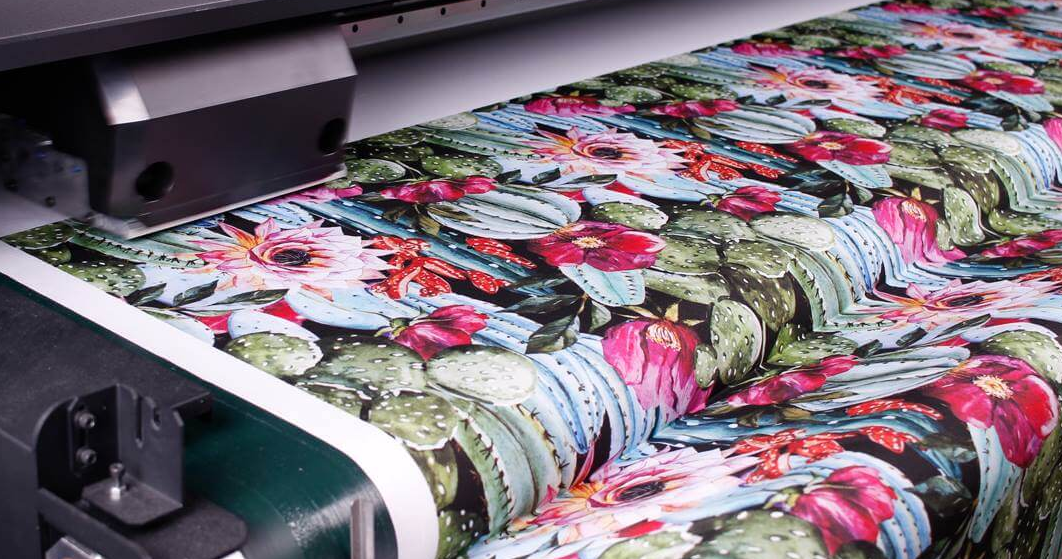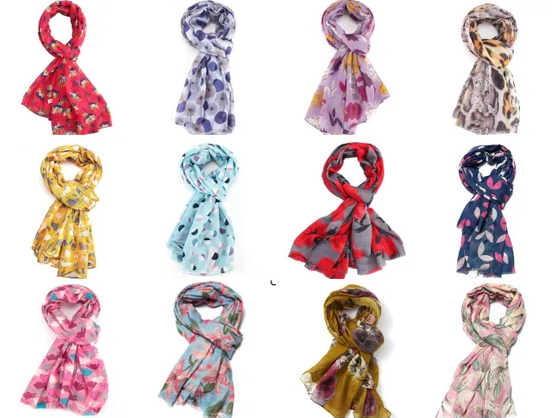
Creating visually stunning scarves with digital printing technology is both an art and a science. As the textile industry evolves, digital printing has emerged as a game-changer, offering unparalleled flexibility and precision. For fashion designers, textile manufacturers, and digital printing enthusiasts, understanding the nuances of this technology can unlock endless possibilities for innovation. This article delves into the process of creating eye-catching scarves using digital printing, exploring the materials, techniques, and technologies that make it possible.
Digital printing has revolutionized the textile industry, enabling designers to create intricate and vibrant patterns that were once impossible to achieve. This method involves directly applying ink onto the fabric using a digital printer, which allows for high-resolution images and complex color schemes. Scarves, with their versatile and fashionable appeal, are the perfect canvas for showcasing the capabilities of digital printing.
The fabric selection plays a crucial role in the final appearance of a digitally printed scarf. Different fabrics absorb inks differently, affecting color vibrancy, sharpness, and texture. Common fabrics used for scarf printing include silk, polyester, cotton, and blends. Each fabric offers unique properties:
There are several digital printing techniques available, each offering distinct advantages depending on the desired outcome. The most commonly used methods for scarf printing include:

Designing a scarf that stands out requires careful consideration of color schemes, patterns, and themes. Here are some design tips to create eye-catching scarves:

At HOLDWIN, we are committed to pushing the boundaries of what’s possible in digital textile printing. Our advanced digital printing machines are designed to deliver exceptional quality, speed, and reliability, making us a trusted partner for fashion designers and textile manufacturers worldwide. Our ability to rapidly develop new products and provide personalized solutions sets us apart in the industry.
For instance, one of our customers, a renowned fashion designer, shared their experience with our digital printing solutions: “HOLDWIN’s technology has transformed the way we approach scarf design. The vibrant colors and intricate details we can achieve are unmatched. Their team’s support and expertise have been invaluable in bringing our visions to life.”
Digital printing offers limitless possibilities for creating eye-catching scarves that captivate and inspire. By choosing the right fabric, mastering printing techniques, and embracing bold designs, you can create scarves that not only look stunning but also stand the test of time. At HOLDWIN, we are dedicated to supporting our clients in achieving their creative goals, providing cutting-edge technology and expert guidance every step of the way.

References

Zhiyu is passionate about good products, good services, and good prices to let consumers know that choosing us is the right choice! For partners and end customers, we will provide one-on-one considerate smart services and provide you with more high-quality procurement solutions.